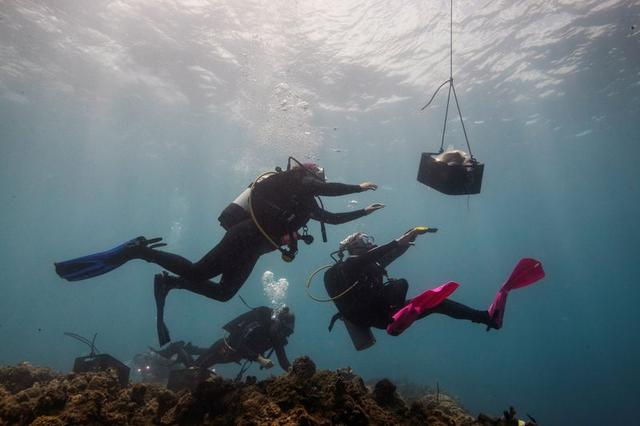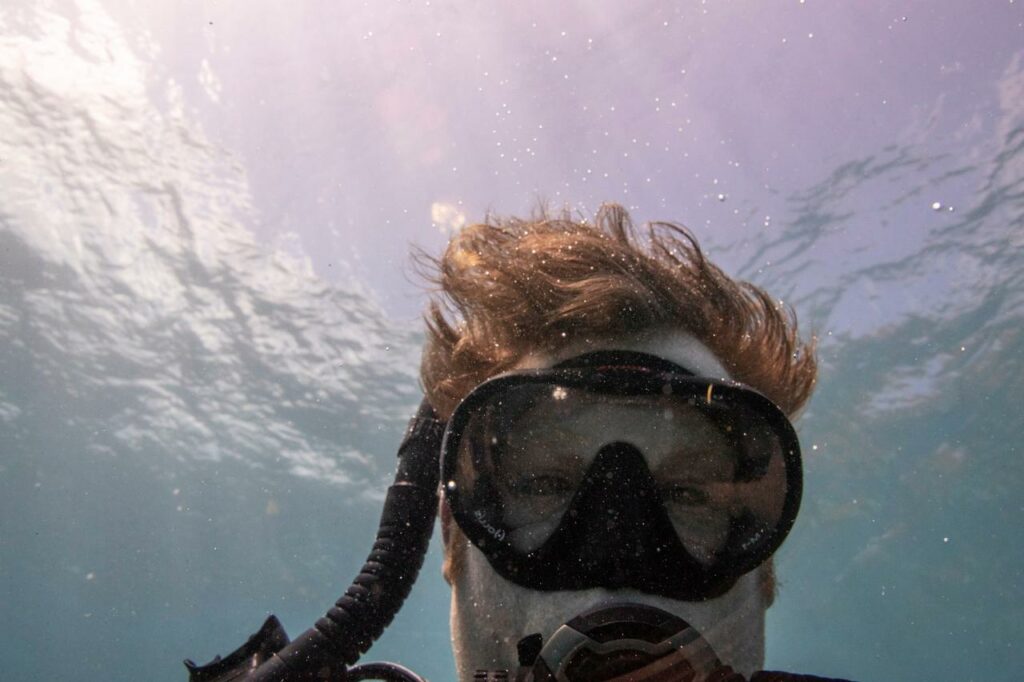CHARLOTTE AMALIE — Veteran Reuters photographer Lucas Jackson started building his underwater photography skills in a New York City pool months before he was ready to dive into the ocean waters off Florida and St. Thomas.
His mission: Capture images of scientists at work on coral reefs threatened by climate change.

Jackson said he had to learn how to dive and how to work a camera underwater before he was ready to carry out the assignment.
“Learning how to breathe under water, take pictures under water – I had never done any of those things, much less both of them together,” he said.
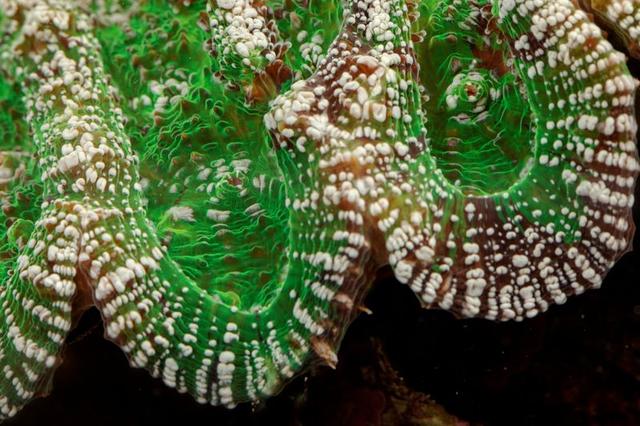
He taught himself how to use the waterproof metal camera case that allowed him to follow scientists from Florida and the U.S. Virgin Islands as they studied coral reefs affected by the little-known Stony Coral Tissue Loss Disease here
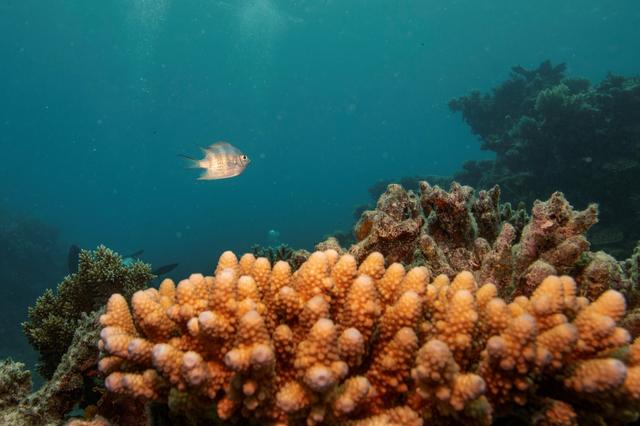
“It was overwhelming when I grasped what was happening,” Jackson said of the months-long project that took him on multiple dives in tropical waters. “When you see how completely it kills coral and how fast it moves and how many corals it affects, it’s really kind of frightening.”

Stony Coral Tissue Loss Disease kills more than 20 species of coral, including most of the important ones that build the reef, hold it together and protect the shoreline, one scientist told Jackson, and little is known about what causes the disease.
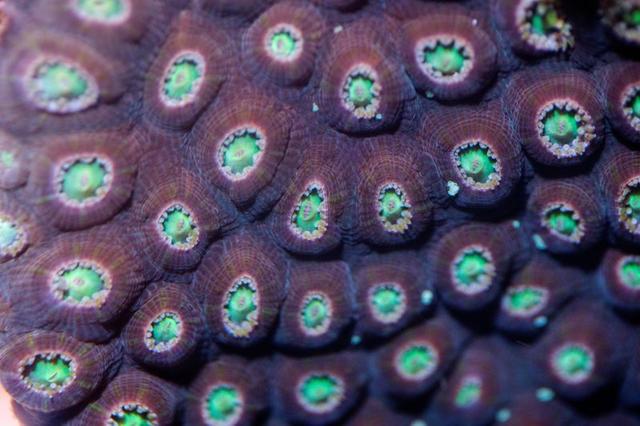
It appears to have spread from corals off Key West in Florida to parts of the Caribbean.
When shooting pictures at The Florida Aquarium in Tampa, the photojournalist had to improvise.
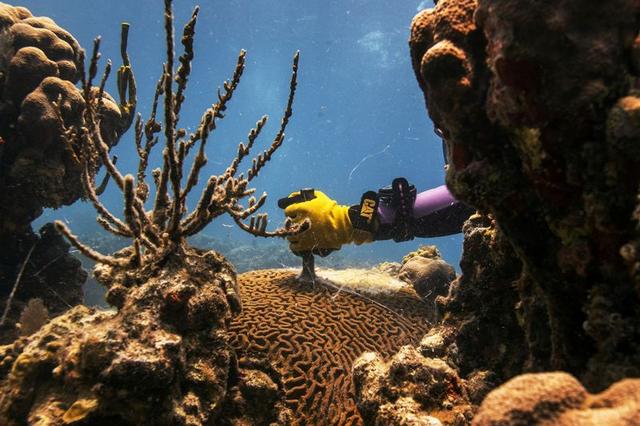
Jackson wanted to capture the texture and color of some of the corals in the aquarium’s tanks, so he built a makeshift waterproof extension for his camera lens with a PVC pipe, a piece of glass and some sealant. It worked.
Jackson’s reporting took him from the Caribbean to the woods of Upstate New York where he photographed a team of scientists who study centuries-old coral skeletons in search of clues about environmental changes.
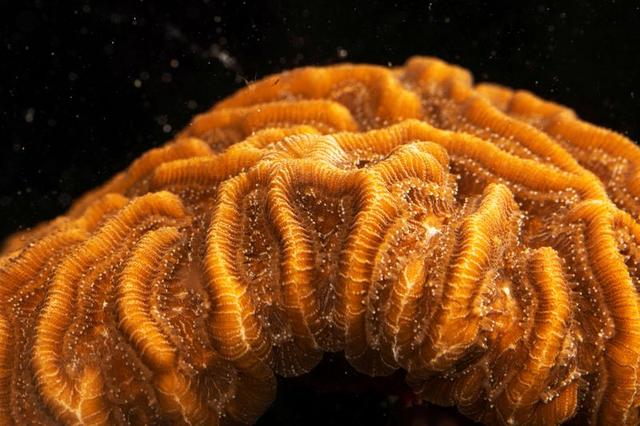
The New York trip required no diving but involved hours of meticulous work capturing feet-long coral “cores” in a dimly lit lab room.
Jackson said he hopes his work will inform governments as they look closely at regulations to safeguard endangered species like coral, and shine a light on the many ways climate change is affecting the environment.
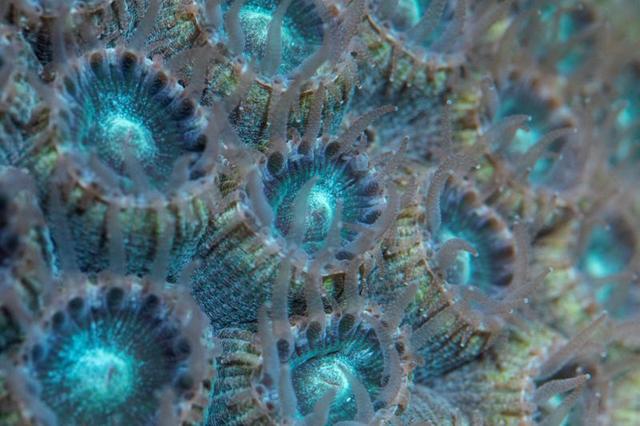
— REUTERS
Reporting by Maria Caspani; Editing by Howard Goller
Our Standards:The Thomson Reuters Trust Principles.
